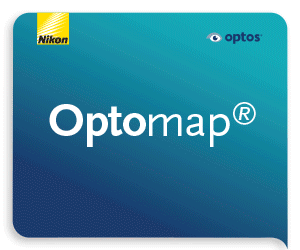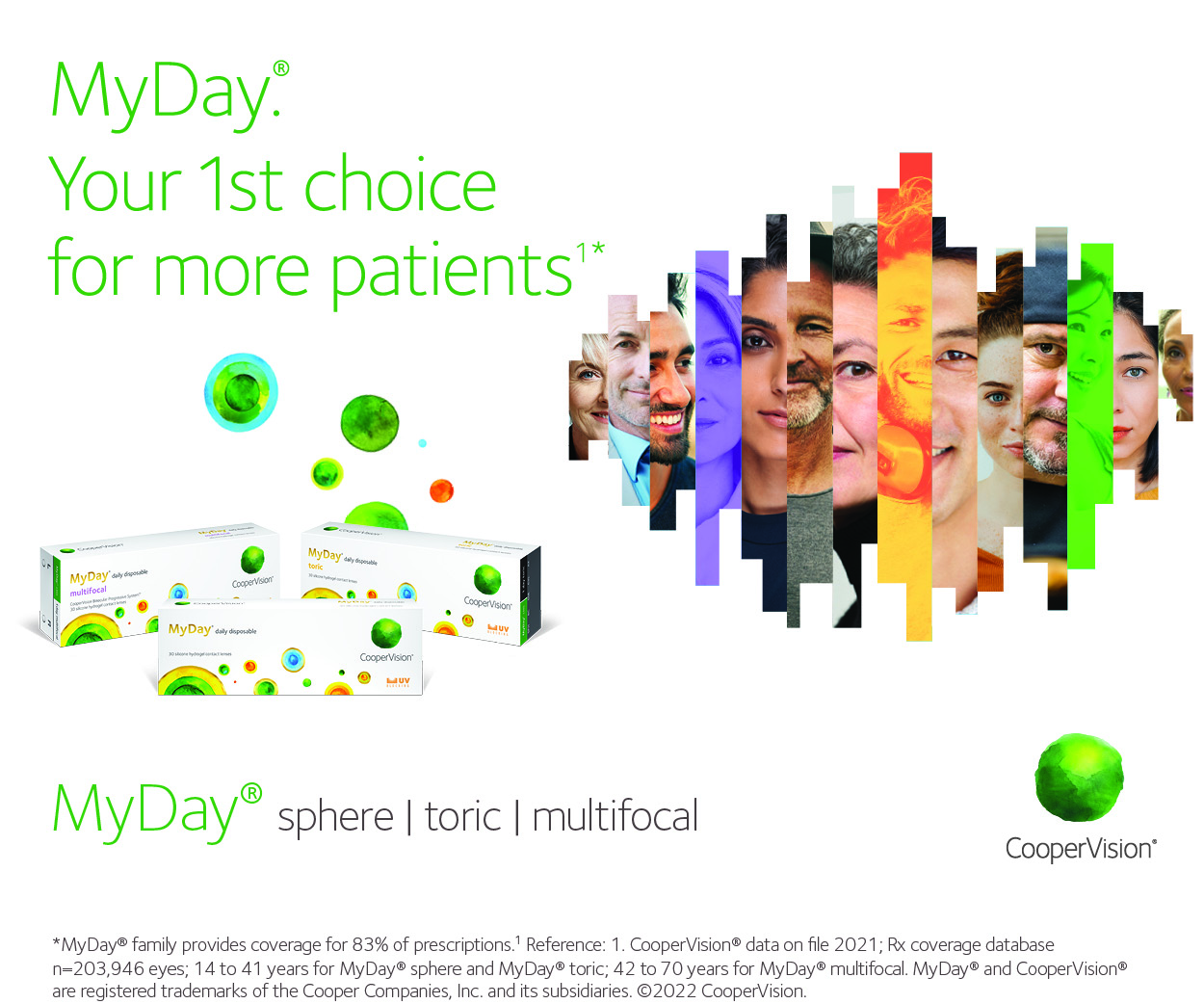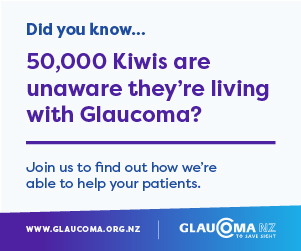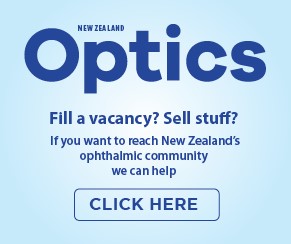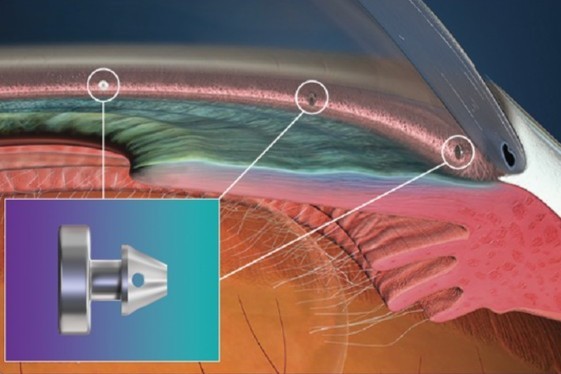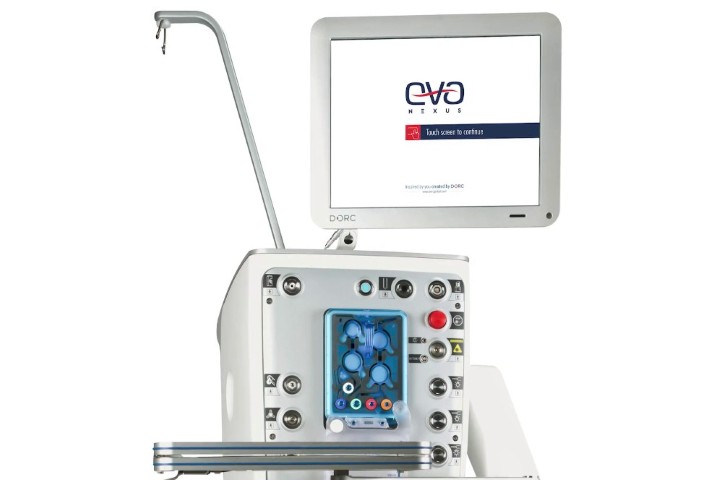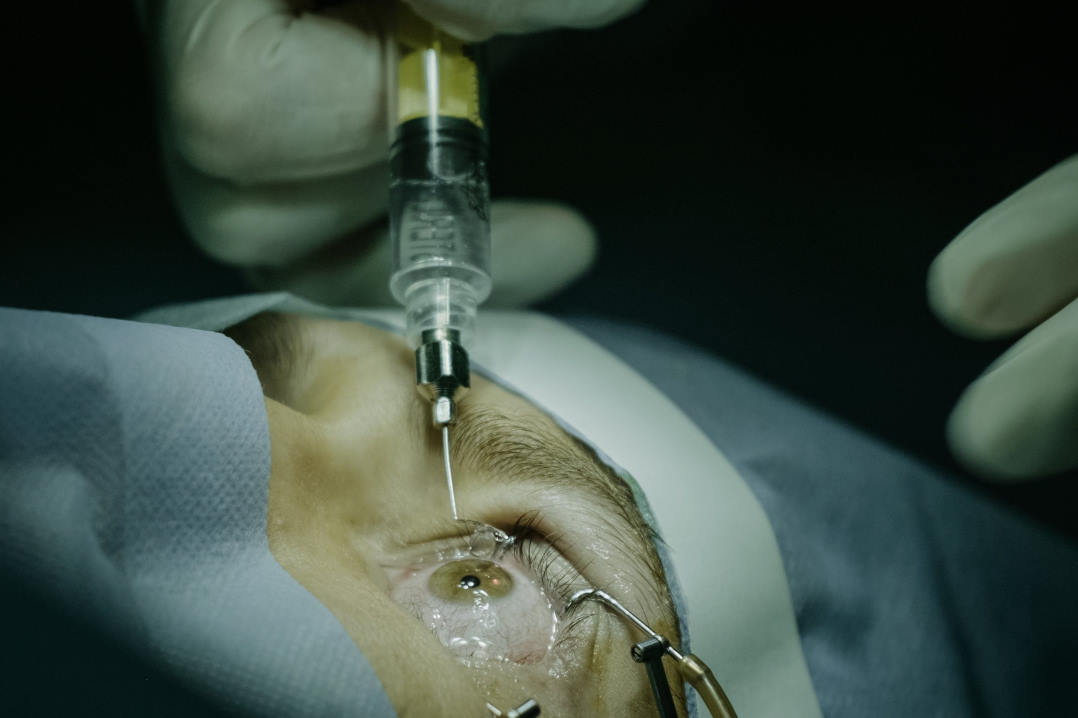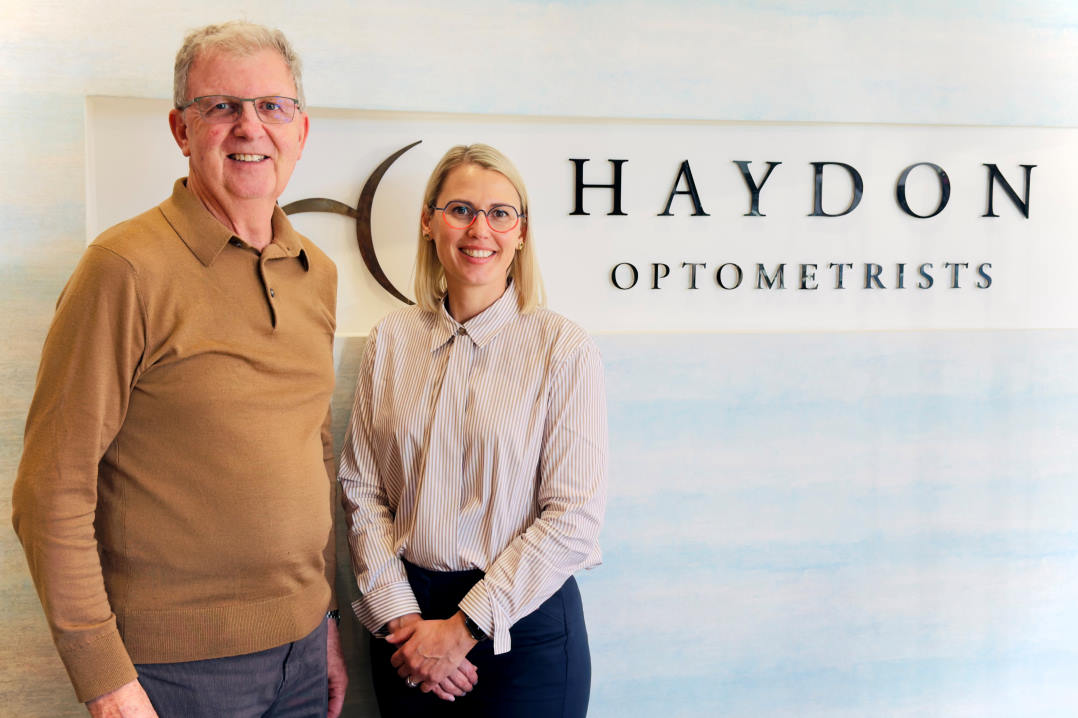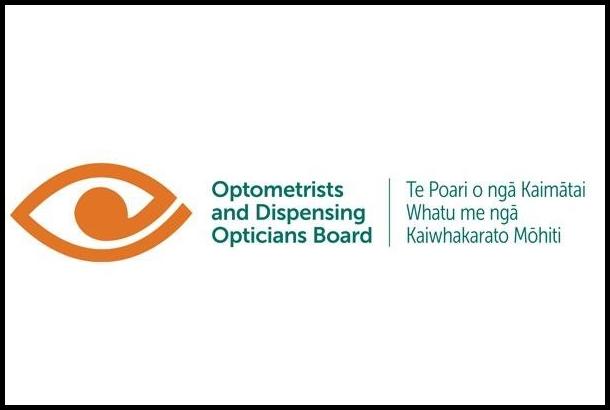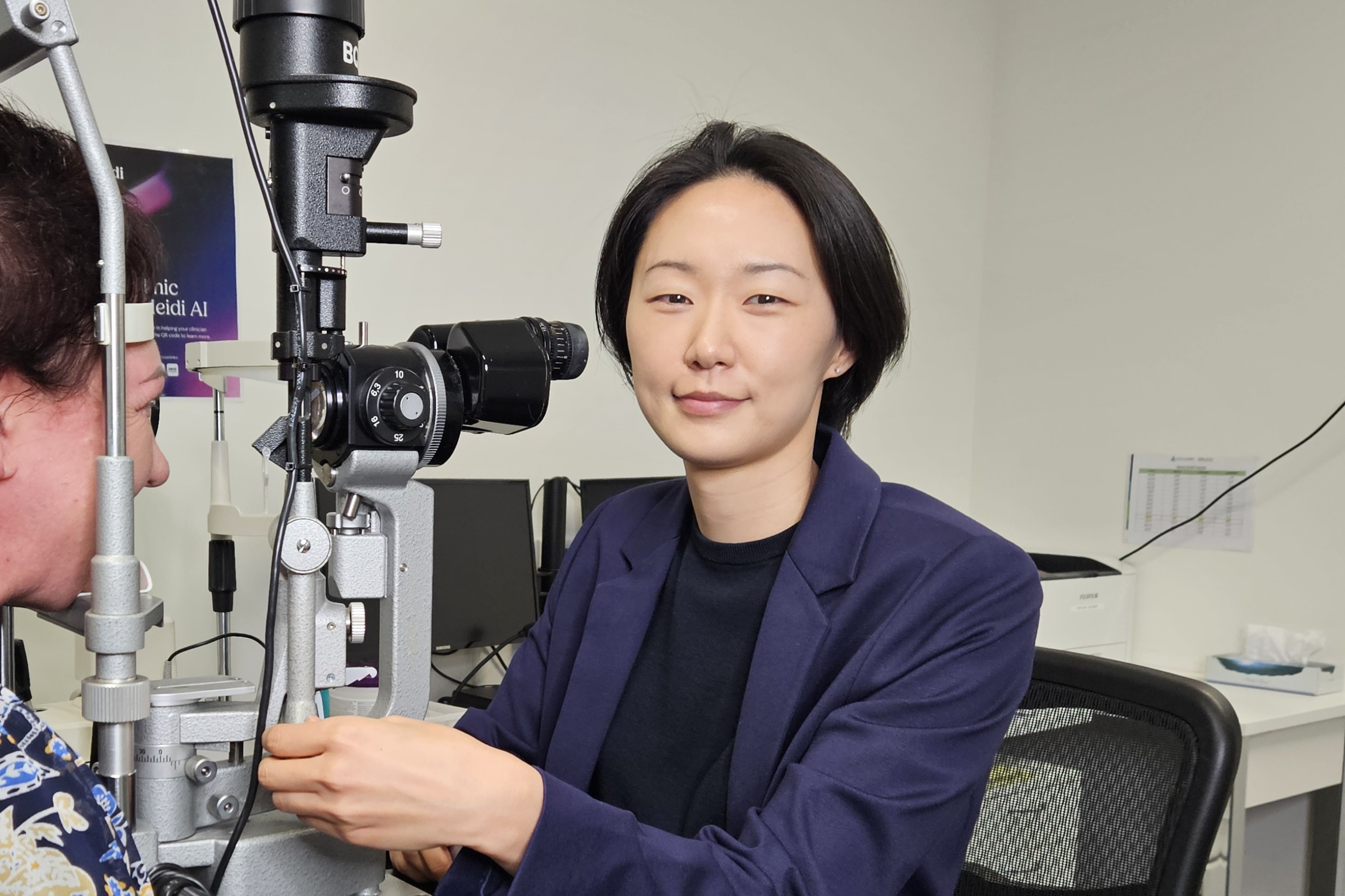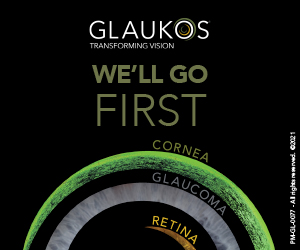Southern Cross funds iStent Infinite
New Zealand glaucoma specialists have welcomed Southern Cross’ decision to partially fund the latest iteration of the minimally invasive glaucoma surgery (MIGS) device, the iStent Infinite.
Following years of discussions, the country’s largest private health insurer finally added MIGS devices to its funded-prosthesis list at the end of 2023 and now funds several to a maximum amount of $2,500 each. These include the Xen gel stent, iStent Inject, Preserflo Microshunt and, more recently, the Hydrus Microstent, the Tanito microhook and the iStent Infinite.
Welcoming the decision, Re:Vision’s Dr Divya Perumal said widening access to microinvasive glaucoma surgery technologies like the iStent Infinite provides more options to tailor treatments. “Each device has subtle differences in design, mechanism and suitability. By funding the latest options, ophthalmologists can match the right device to the right patient, rather than being limited by cost considerations.”
The iStent Infinite is a newer generation of the iStent and offers some important improvements, said Dr Kaliopy Matheos from Eye Institute. “It allows implantation of three stents instead of two, offers more flexible placement and potentially could deliver better intraocular pressure (IOP)-lowering outcomes. Recognising this device ensures we’re not limited to older options.”
Dr Paul Baddeley from St George’s in Christchurch agreed, while noting patients would need to top up the cost shortfall from their own pockets if they chose the more expensive iStent Infinte device.
According to the manufacturer, Glaukos, Infinite comprises three anatomically designed wide-flange stents, preloaded into a novel injector system so they can be implanted across 180° of the Schlemm’s canal to deliver long-term IOP control in glaucoma patients who have failed prior medical and surgical intervention. The injector uses a firm push action, rather than a jackhammer effect, as in the iStent Inject, said Dr Baddeley. “As a result, I have found implantation is more likely to be successful on first attempt and hence less chance of trauma to the ocular tissues and less chance of bleeding.”
Device selection is highly individualised, explained Dr Matheos. “We look at the type and severity of glaucoma, the patient’s target pressure, their tolerance for medications, angle anatomy, previous surgeries and overall risk profile. In some cases, the iStent Inject may be sufficient; in others – especially where more robust pressure reduction is needed or where previous interventions have failed – the iStent Infinite may offer a better solution. Cost and insurance coverage also play a role in shared decision-making with the patient.”
MIGS devices offer patients the opportunity to reduce their reliance on eye drops, provide better pressure control and potentially delay the need for more invasive surgery, all with less financial burden, said Dr Matheos. “This is part of a larger, very welcome shift. We’re seeing greater recognition of the value of MIGS within the healthcare system, both clinically and economically. The inclusion of iStent Infinite is a sign that newer, evidence-based technologies are being taken seriously by insurers. It gives clinicians more flexibility to provide the best possible care without being limited by funding gaps.”
Ophthalmology New Zealand (ONZ) chair Dr Sonya Bennett also welcomed Southern Cross’ decision. “We know from the data that iStent Infinite is more clinically efficacious than iStent Inject. We were supportive of Glaukos’ application to Southern Cross and were watching to see how the process went. It was a positive outcome that ONZ wasn’t needed to lobby for this device in this instance.”
Glaucoma care is rapidly evolving, said Dr Perumal. “With insurance support for the iStent Infinite and other MIGS procedures, more New Zealanders will benefit from the latest advances, preserving vision and quality of life for longer.”




